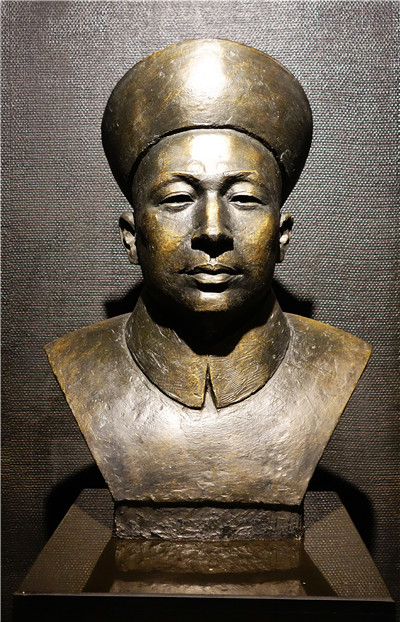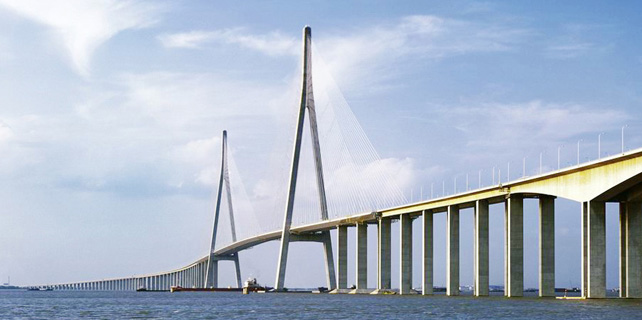The Beiyang Fleet
 |
|
A statue of Deng Shichang at a memorial in Changchun, Jilin province. [Photo/VCG] |
Beiyang (literally meaning "the northern ocean") Fleet was established by the Qing Dynasty (1644-1911) in 1871 as one of four modernized regional navies when the dynasty faced a crisis and launched a series of reforms.
Though it was the weakest among the four, the Beiyang Fleet got a big boost when Viceroy Li Hongzhang allotted funding to it in the 1880s.
By the eve of the First Sino-Japanese War, it was in theory the most powerful fleet in Asia, with two battleships, eight cruisers, six gunboats, four torpedo boats and more auxiliary ships.
Except for one cruiser that was manufactured in Fujian province, all the remaining major ships in the fleet were built in Newcastle and Birkenhead in England, and Stettin in Germany (present-day Szczecin in Poland). British navy officers were hired to supervise training.
However, in the Battle of Yalu River, the fleet suffered heavy losses. Five ships, including Zhiyuan, sank and three were severely damaged.
The fleet was finally annihilated in the aftermath of the Battle of Weihaiwei, lasting from Jan 20 to Feb 12, 1895, in Shandong province. That defeat also led China to lose the First Sino-Japanese War.
Most of the surviving ships of the Beiyang Fleet were taken by Japan as war booty.
Many officers in the fleet had a Western education.
For example, Deng Shichang once attended a missionary school in Shanghai, and Chen Jinkui participated in a government-sponsored program to study in the United States for six years.
Some other officers even had naval experience in the United Kingdom.
















